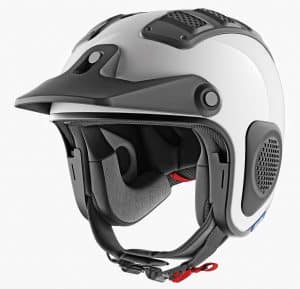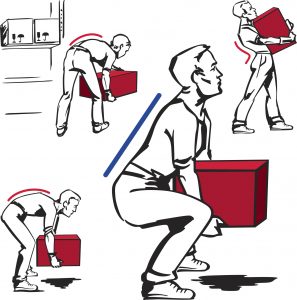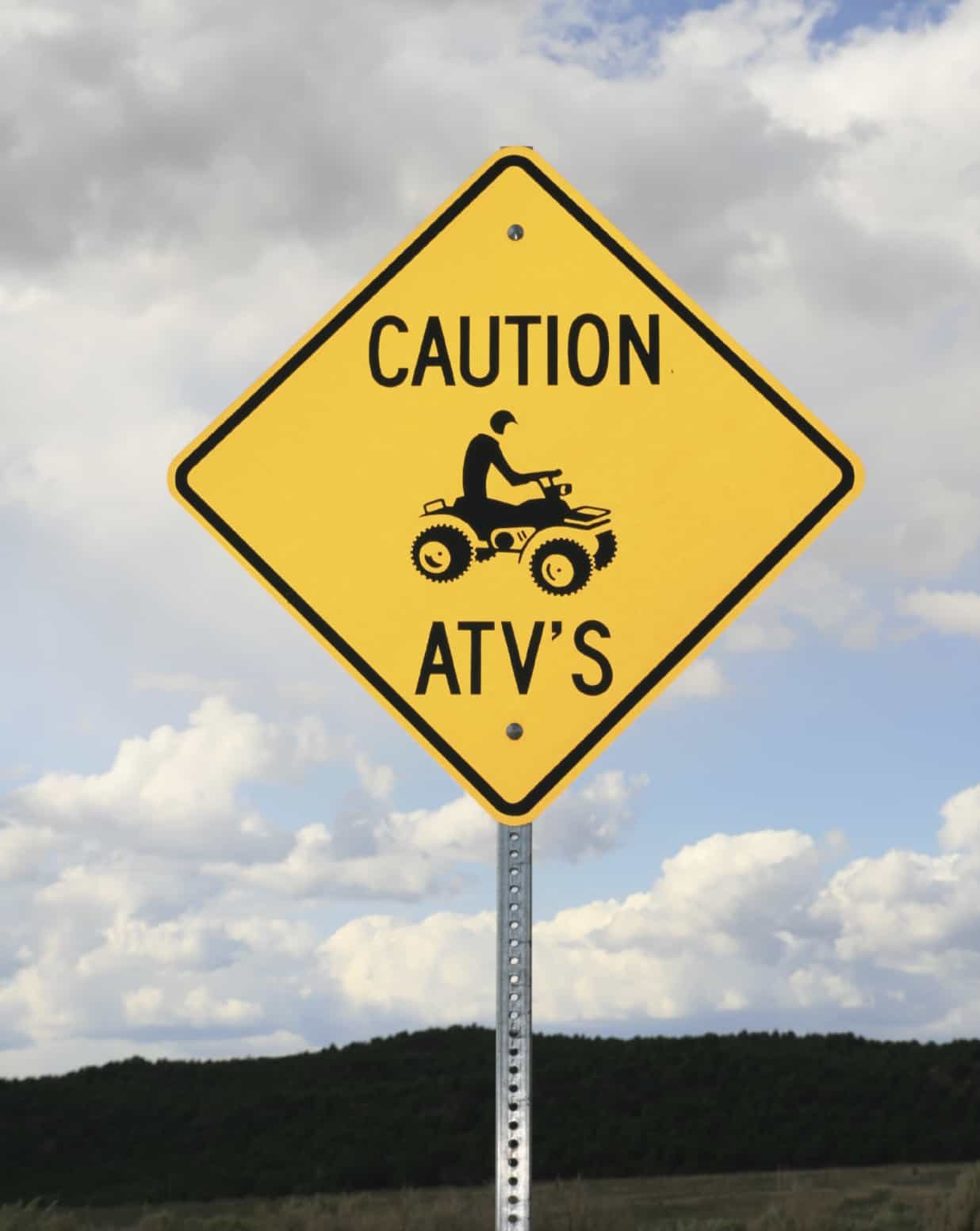 Over the last couple of weeks in Australia, the arguments over the safety of quad bikes (sometimes called All Terrain Vehicles (ATVs)) has become messy. The National Farmers’ Federation (NFF) is in favour of Operator Protection Devices (OPDs) but the Victorian Farmers’ Federation (VFF) is not. Doctors and farmers are calling for a five-start safety rating for quad bikes. One researcher says such a scheme is ready to go. The manufacturers’ industry representative, Federal Chamber of Automotive Industries (FCAI) says no it’s not but here’s a new helmet to wear.
Over the last couple of weeks in Australia, the arguments over the safety of quad bikes (sometimes called All Terrain Vehicles (ATVs)) has become messy. The National Farmers’ Federation (NFF) is in favour of Operator Protection Devices (OPDs) but the Victorian Farmers’ Federation (VFF) is not. Doctors and farmers are calling for a five-start safety rating for quad bikes. One researcher says such a scheme is ready to go. The manufacturers’ industry representative, Federal Chamber of Automotive Industries (FCAI) says no it’s not but here’s a new helmet to wear.
Around all of this is remarkable silence about legal action launched against the Victorian occupational health and safety (OHS) regulator, WorkSafe, by Honda, Yamaha, Suzuki, Kawasaki and BRP over WorkSafe’s interpretation of a legal safety duty.
All the while farmers in some States are continuing to access generous safety rebate schemes. Continue reading “Quad bike safety gets messy – disagreements, Supreme Court writs and stars”



 The Victorian Government’s rebate scheme is administered through WorkSafe who provides a
The Victorian Government’s rebate scheme is administered through WorkSafe who provides a 